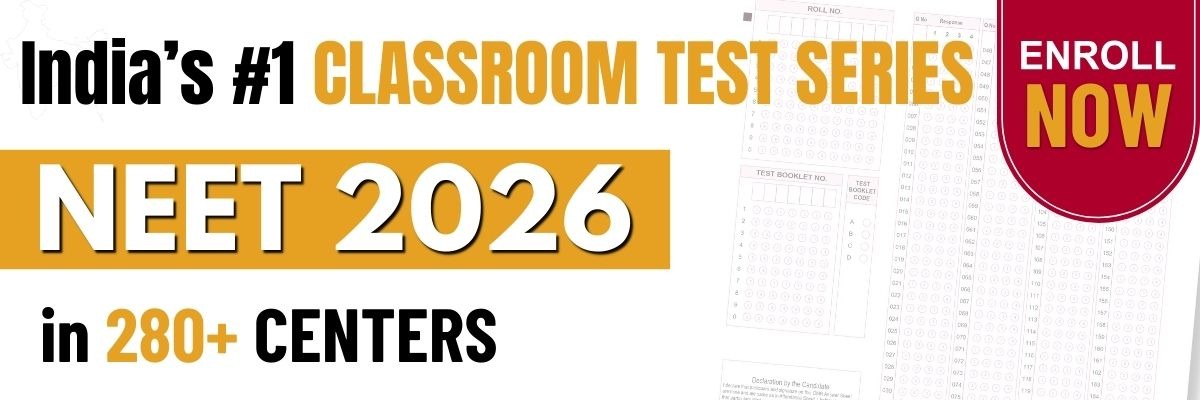Androecium of Liliaceae family has
(1) 6 Stamens
(2) 3+3 Stamens
(3) Epipetalous androecium
(4) (3+3) Stamens
लिलिएसी कुल के पुमंग में.............होते हैं।
6 पुंकेसर
3+3 पुंकेसर
दललग्न पुमंग
(3+3) पुंकेसर
(1) 6 Stamens
(2) 3+3 Stamens
(3) Epipetalous androecium
(4) (3+3) Stamens
Hilum
Find the wrong statement.
1. Scar overseed coat
2. Developing seeds are attached to the fruit by means of the hilum
3. Below hilum is micropyle
4. All of these
हाइलम
गलत कथन ज्ञात करिये।
1. बीजावरण पर क्षतचिह्न
2. विकसित बीज हाइलम के माध्यम से फल से संलग्न होते हैं।
3. हाइलम के नीचे बीजांडद्वार होता है।
4. ये सभी
Leaf is
(1) Exogenous in origin
(2) Endogenous in origin
(3) Mesogenous in origin
(4) No basis of origin
पत्ती होती है:
उत्पत्ति में बहिर्जात
उत्पत्ति में अंतर्जात
उत्पत्ति में मध्यज
उत्पत्ति का कोई आधार नहीं
Two cotyledons are found in which of the following embryo?
1. Wheat
2. Maize
3. Gram
4. All of these
निम्नलिखित में से किस भ्रूण में दो एकबीजपत्र पाए जाते हैं?
1. गेहूं
2. मक्का
3. चना
4. ये सभी
Which of the following shows whorled phyllotaxy ?
1. Mustard
2. China rose
3. Alstonia
4. Calotropis
निम्नलिखित में से कौन सा चक्रीय पर्णविन्यास को दर्शाता है?
1. सरसों
2. गुड़हल
3. आल्स्टोनिया
4. मदार
The middle fleshy edible portion of mango is
1. Pericarp
2. Mesocarp
3. Endocarp
4. Epicarp
आम का मध्य का मांसल खाद्य भाग होता है:
1. फलभित्ति
2. मध्यफलभित्ति
3. अंतःफलभित्ति
4. बाह्यफलभित्ति
The condition in which stamens are United into a bunch or bundle
1. Polyadelphous
2. Polyandrous
3. Epipetalous
4. Monoadelphous
वह स्थिति जिसमें पुंकेसर एक गुच्छे या बंडल में संयुक्त होते हैं:
1. बहुसंघी
2. बहुपुंकेसरी
3. दललग्न
4. एकसंघी
Match the placental types (column-I) with their examples (column-II)
Column I Column II
(a) Basal (i) Mustard
(b) Axile (ii) China rose
(c) Parietal (iii) Dianthus
(d) Free central (iv) Sunflower
Choose the correct answer from the following options:
1. (a)-(ii), (b)-(iii),(c)-(iv), (d)-(i)
2. (a)-(i), (b)-(ii), (c)-(iii), (d)-(iv)
3. (a)-(iv), (b)-(ii), (c)-(i), (d)-(iii)
4. (a)-(iii), (b)-(iv), (c)-(i), (d)-(ii)
बीजांडासन प्रकार (स्तंभ- I) का उनके उदाहरणों (स्तंभ- II) के साथ मिलान कीजिए।
स्तंभ I स्तंभ II
(a) आधारीय (i) सरसों
(b) स्तंभीय (ii) गुड़हल
(c) पार्श्व (iii) डाइऐन्थस
(d) मुक्त केंद्रीय (iv) सूरजमुखी
निम्नलिखित विकल्पों में से सही उत्तर चुनिए:
1. (a) - (ii), (b) - (iii), (c) - (iv), (d) - (i)
2. (a) - (i), (b) - (ii), (c) - (iii), (d) - (iv)
3. (a) - (iv), (b) - (ii), (c) - (i), (d) - (iii)
4. (a) - (iii), (b) - (iv), (c) - (i), (d) - (ii)
Valvate Aestivation (petal) is found in
1. Calotropis
2. Pea
3. Beans
4. China rose
कोरस्पर्शी पुष्पदलविन्यास (दल) में पाया जाता है:
1. मदार
2. मटर
3. सेम
4. गुडहल
After fertilization, the ovary matures into
1. Seed
2. Endosperm
3. Embryo
4. Fruit
निषेचन के बाद, अंडाशय.............में परिपक्व होता है।
1. बीज
2. भ्रूणपोष
3. भ्रूण
4. फल






